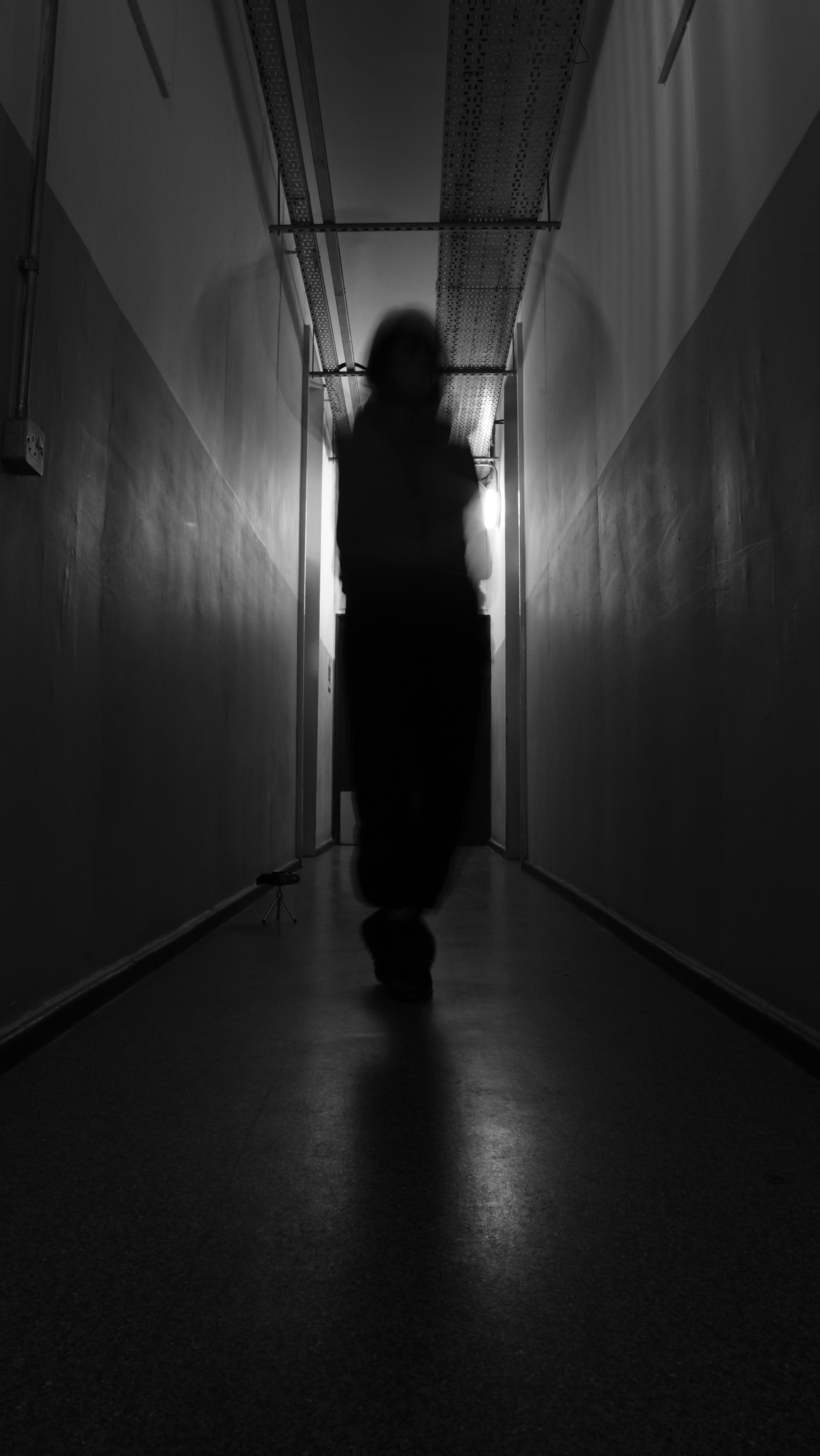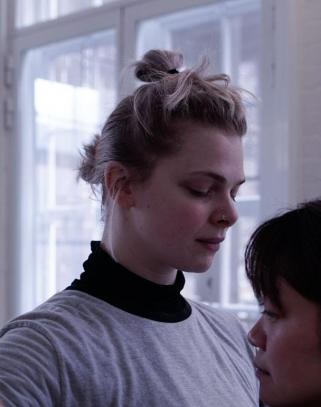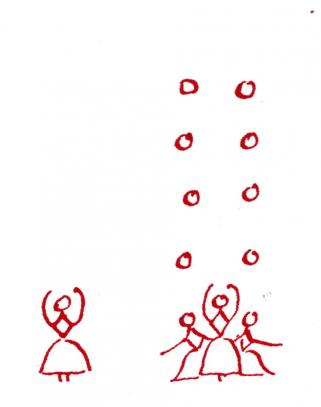This is a dance improvisation coming out of our research into the waltz and ideas of ghost bodies
We are developing Gl-tch/Giselle through different research methods including a week of research in the studio in collaborative choreographic practice with dancers, a composer and technologists simultaneously working in real and virtual spaces.
This collective way of working probably hasn't changed much since the Romantic era, many of the excellent books written about the period emphasis the collaborative nature of the relationships between dancing masters, choreographers, dancers and scenic artists, costume designers, theatre technicians and composers .
How does 'artist research' work?
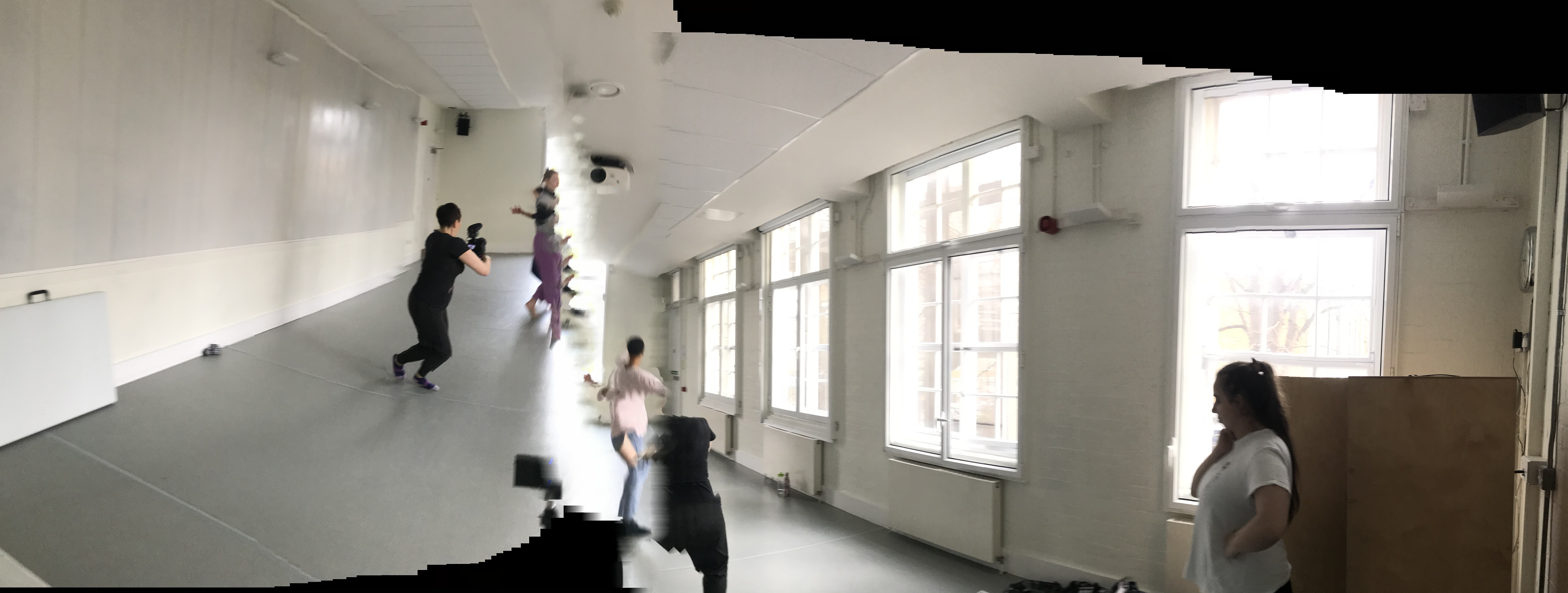
We have used artist research in the studio and in the edit as a method of both researching Giselle and as a way of researching making a dance.
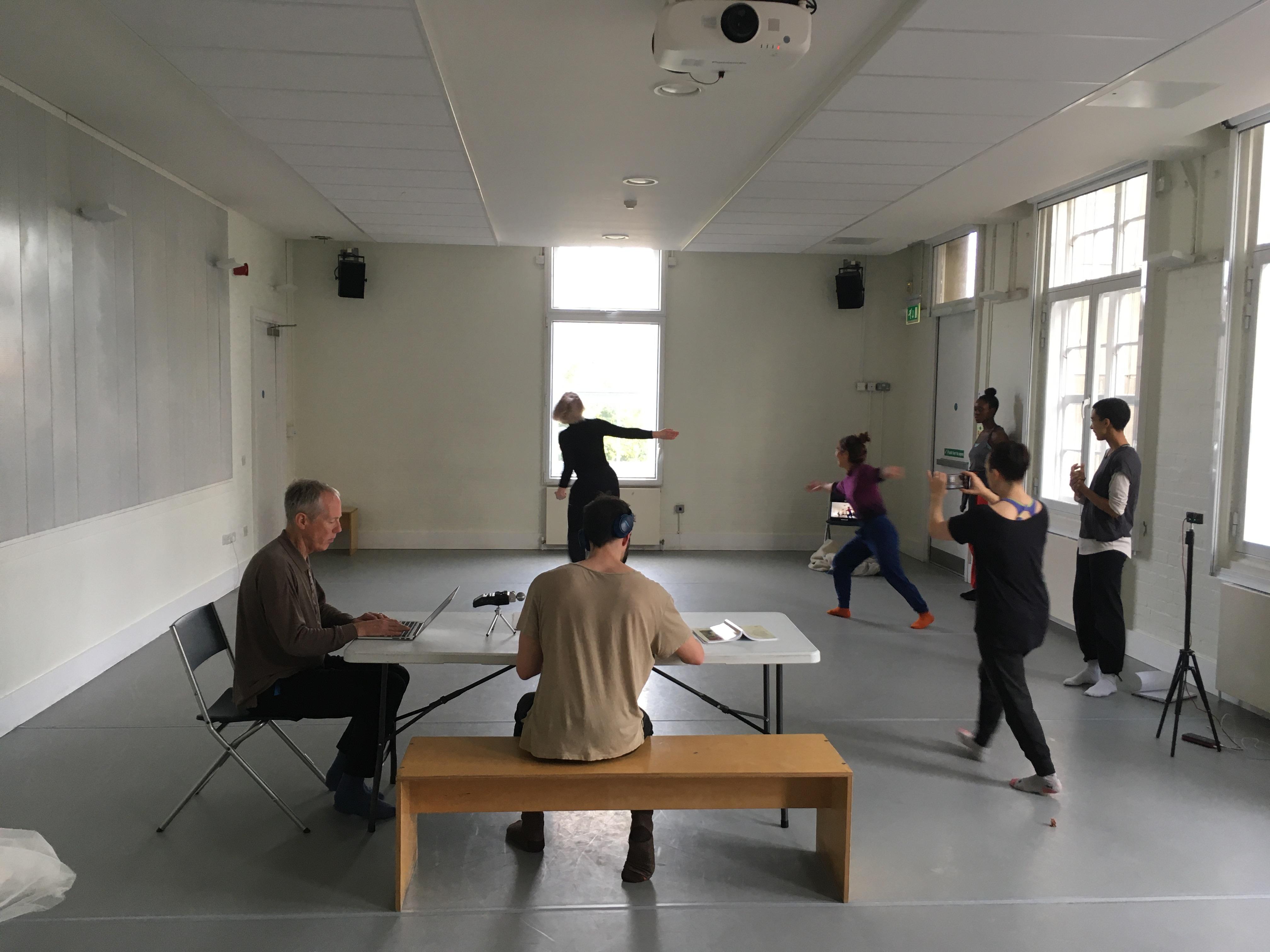
Developing initial ideas involves everyone in the room reading the movement of bodies in space, being sensitive to sensory information, drawing on knowledge accumulated through years of practice, and developing an understanding of the cultural significance of what is going on in front of you, or behind you or around you.
Stage #1 Departure Points
Our work has three stages:
Stage 1. Identifying questions that can serve as starting points for studio work. The first question for Gl-tch/Giselle was: What might we find out about Giselle and the culture that produced the ballet if we learned the waltz, the dance that runs through the score of Giselle? The second question was : What might we find out by then testing the limits of the waltz, how might a waltz break down?
Stage #2 Studio Research
Stage 2. Inviting historical dance expert and movement director Kate Flatt teach a day-long waltz workshop and spending a week in the studio developing material for future choreographies through choreographic scores. We did this with five dancers who are experts in structured improvisation. This process was filmed, Marisa Zanotti moved between a directorial choreographic role with dancers and entering improvisations with a moving camera. Gl-tch colleagues Alex Morrison and Grant Cieciura were also working in the space, writing, coding and making images.
Stage #3 Glitch Labs and documents
Stage 3. In this stage the documented material is choreographed in edits and developed in Gl-tch laboratories. These edits exist as poetic documents of rehearsal in their own right in the Notebook films, they are also a way of identifying themes that could be explored in future projects.
Often Marisa Zanotti might develop the movement through editing as part of a palette for another film such as the films from three days work with KJ Lawson-Mortimer or and when discussions around the waltz led to thinking about the Duchess of Richmond's ball before the battle of Waterloo.
